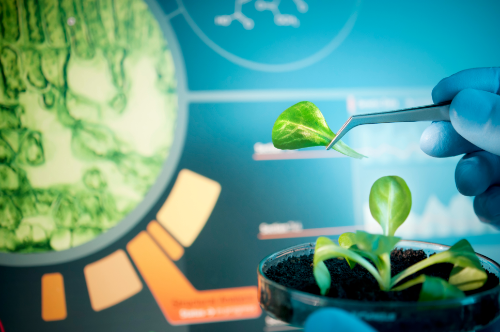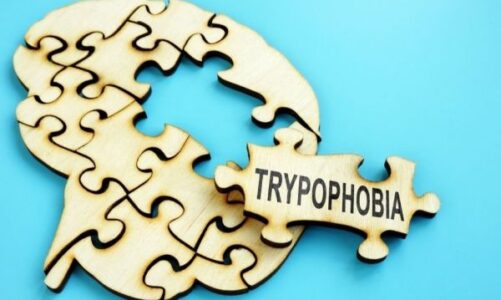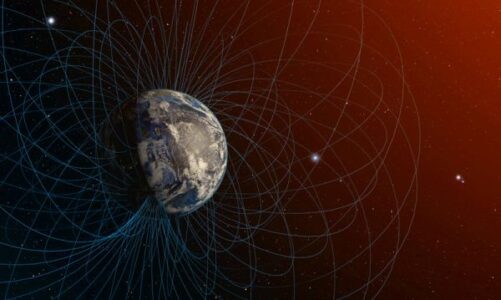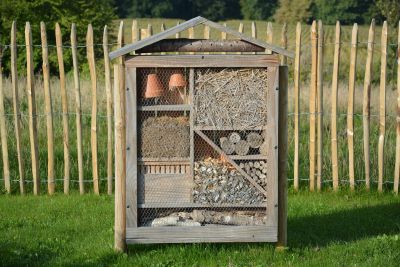Our world continues to rapidly become polluted every day due to harmful waste, and humanity is struggling to reduce environmental pollution. To reduce pollution, it is necessary to completely eliminate or transform harmful wastes that cause soil and water pollution into less harmful forms. Using organisms in the best possible way in the transformation processes of these wastes is also among the alternatives. Since the relationships between plants, animals, and microorganisms with the environment have been discovered, humans have started to benefit from them in preserving ecological balance.
One of the most important applications of biotechnology in environmental protection is the use of organisms to break down or remove substances that cause pollution. This method is called “bioremediation.” Microorganisms that can be nourished in various ways are also living organisms that can survive in harsh conditions. Therefore, they are among the most commonly used organisms in bioremediation processes.
Although bioremediation is a method that was discovered in the 1940s, it became more widely recognized in the 1980s. In 1975, in North Carolina, soil and water pollution occurred due to a leakage of 300,000 liters of toluene used in jet planes. Ten years later, it was observed that the pollution had spread to a larger area, but the existing methods could not clean up the pollution. At the same time, it was discovered that a bacterium in the region facilitated the breakdown of toluene into carbon dioxide (CO2), water, and energy. Later, this bacterium was cultured and used in 1992 to clean up toluene, reducing the pollution level by 75% within a year.[1]
Another example of the use of microorganisms is the cleaning of 37,000 tons of oil spilled into the sea in Alaska in 1989 due to an oil tanker accident. While heavy metals and toxic chemicals could not be completely eliminated, they were converted into less harmful substances thanks to microorganisms.
How microorganisms are used in the cleaning of waste depends on the type of pollution, the size and characteristics of the contaminated area. For example, they can be used to clean up oil spills and waste materials, as well as underground water, nuclear waste, and plastic waste.[2]
Nuclear Waste
The disposal of nuclear waste poses serious health problems for the environment. Radioactive waste can be converted into a harmless form through various metabolic pathways and with the help of some organisms with special abilities. Microorganisms resistant to acidic environments, heavy metals, and radiation, capable of surviving in acidic conditions, are used in the removal of radioactive substances with acidic properties. One such microorganism is Rhodotorula taiwanensis MD1149, which adheres to the surfaces of sand and rocks, helping to clean harmful radioactive substances.[3] Another microorganism with resistance to radiation is Desulfovibrio vulgaris bacteria. This bacterium, through its secreted enzyme, contributes to the conversion of harmful uranium uranyl ions (UO2+2) into a harmless form (UO2).[4]
Underground Waters
Groundwater is often contaminated by industrial waste and agricultural activities. Among these wastes are chemicals, petroleum and petroleum products, pesticides, and metal ions. Many methods are used in the process of purifying water from these substances, but in recent years, the use of microorganisms has increased.
One of the most common chemical substances found in groundwater is the positively charged iron and manganese ions, which are found in soluble form (harmful form) in the water. However, when ions are oxidized, they are transformed into insoluble forms (harmless forms). Bacteria are used in this transformation process.[5]
Plastic Waste
Plastic materials that do not easily degrade in nature are one of the biggest environmental problems today. Plastic waste is stored in landfills, recycled, or incinerated. Stored waste not only does not disappear, but it also causes the release of harmful chemicals such as benzene and dioxins into the environment, affecting soil fertility. Burning waste also leads to the release of harmful gases.
In recent years, various research has been conducted to find alternative methods for the recycling and complete disposal of plastic waste, as the processes are costly and harmful to the environment. Although it is not possible to clean plastics through bioremediation, when microorganisms found in areas with high concentrations of plastic waste are examined, it is observed that many microorganisms contribute to the biological degradation of plastics.[6] Using environmentally friendly microorganisms is preferred in this process due to its lower cost.
Cleaning Pollutants in Air, Water, and Soil with Plants
Some plants can be used to clean pollutants in soil, water, and air, just like microorganisms. This method is called “phytoremediation.” It is a method applied by selecting plant species resistant to specific substances and growing these plants in polluted areas. It has been observed that many plants, such as hyacinth, azolla, broom, and sunflower, are effective in cleaning heavy metals, especially. Plants can absorb, retain, or break down harmful substances through their roots while taking in water and nutrients.[7] This method allows for the natural cleaning of polluted areas and is cost-effective as it utilizes solar energy.
As humans, who disrupt nature with activities that go against the natural order, seek solutions in nature as environmental pollution reaches dangerous levels. Bacteria and microorganisms that remain in the last link of the food chain can be used to clean up large pollutants.
God creates nature and the universe with a magnificent order. Understanding the creation and operation of the universe and acting in accordance with the laws of life will also ensure the protection of the environment. Even if living beings pollute nature to some extent, the ecosystem is preserved by Divine laws. A lion hunts a deer, then goes when it is full, and the remaining food is taken by hyenas and jackals. When they are full, various birds and small rodents benefit. Small remains are broken down through worms and bacteria, consumed healthily, and become part of the soil. With this cleaning activity, which is a reflection of God’s Name Al-Quddus (The All-Holy and All-Pure), the earth is preserved. If people take inspiration from this order, they can make significant contributions to environmental cleanliness.
[1] https://journals.asm.org/doi/epdf/10.1128/aem.57.1.57-63.1991
[2] https://www.frontiersin.org/articles/10.3389/fmicb.2017.02528/full
[3] https://www.ncbi.nlm.nih.gov/pmc/articles/PMC5766836/
[4] https://www.ncbi.nlm.nih.gov/pmc/articles/PMC3917470/
[5] https://www.sciencedirect.com/science/article/pii/S0160412004001692
[6] https://www.sciencedirect.com/science/article/pii/S2214785320345508
[7] https://www.sciencedirect.com/science/article/pii/S0147651321009337




